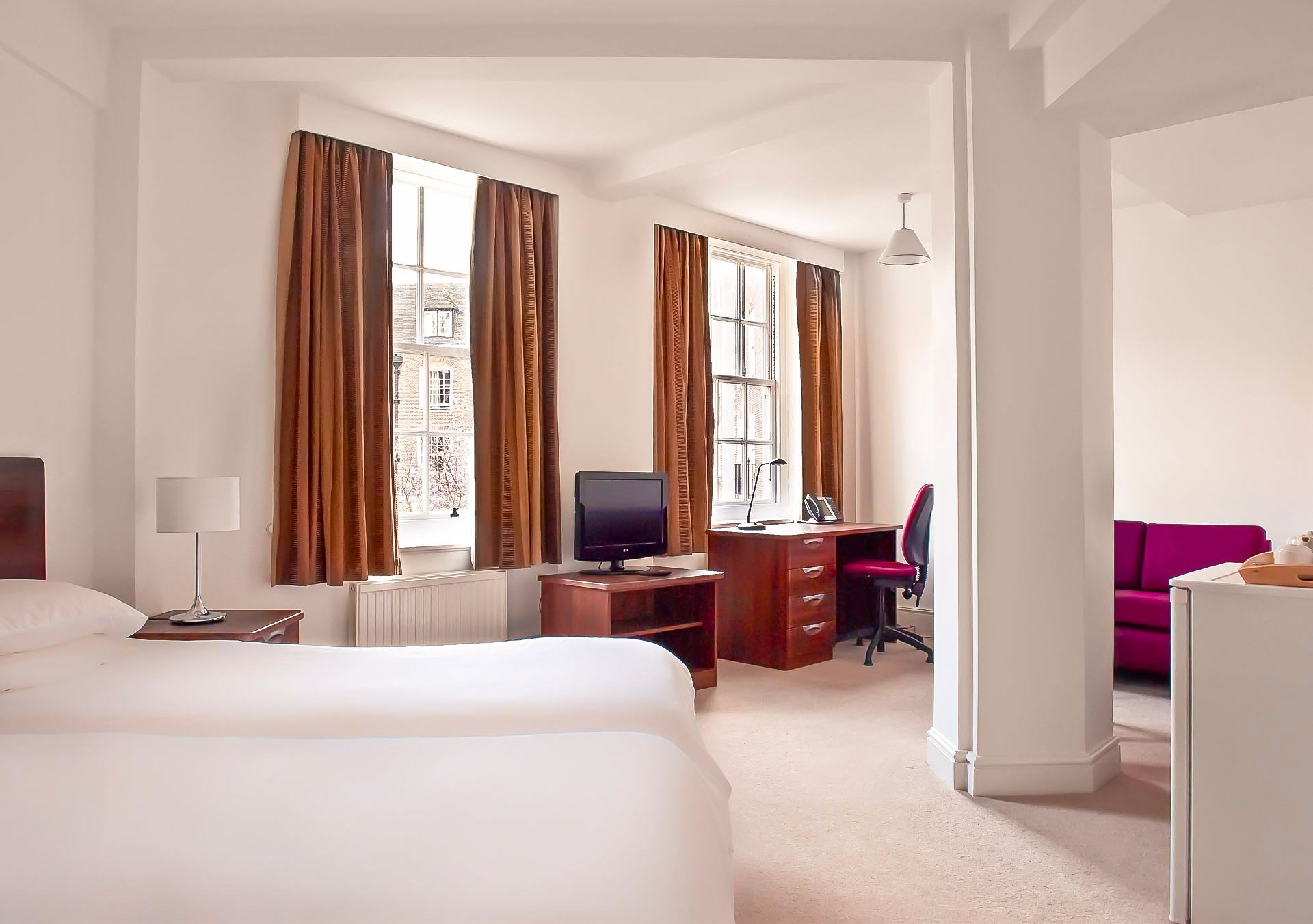Les humains se sont installés dans la région d'Édimbourg au moins depuis l'âge du bronze, laissant des traces d'établissements primitifs en pierre à Holyrood, Craiglockhart Hill et Pentland Hills.
En 1492, le roi Jacques IV d'Écosse entreprit de déplacer la cour royale de Stirling à Holyrood, faisant ainsi d'Édimbourg la capitale nationale. Édimbourg a continué à prospérer économiquement et culturellement tout au long de la période de la Renaissance et a été au centre de la Réforme écossaise du XVIe siècle et des guerres de l'Alliance cent ans plus tard.
En 1603, le roi Jacques VI d'Écosse accède aux trônes anglais et irlandais, réalisant ainsi son ambition de créer un royaume-uni sous la monarchie de Stewart. Bien qu'il ait conservé le Parlement d'Écosse à Édimbourg, il a marché vers Londres pour y régner depuis son trône. Il ordonna que chaque bâtiment public du pays porte l'emblème de sa famille, le lion rouge rampant, et à ce jour, le nom le plus courant pour une maison publique en Grande-Bretagne est le Lion Rouge.
En 1639, des conflits entre les Covenanters presbytériens et l'Église anglicane conduisirent aux guerres épiscopales, prélude à la guerre civile anglaise. Pendant la troisième guerre civile anglaise, Édimbourg fut prise par les forces du Commonwealth d'Oliver Cromwell avant la défaite éventuelle de Charles II à la bataille de Worcester.
Au XIXe siècle, Édimbourg, comme de nombreuses villes, s'est industrialisée, mais n'a pas connu une croissance aussi rapide que la deuxième ville d'Écosse, Glasgow, qui l'a remplacée en tant que plus grande ville du pays, profitant grandement de l'apogée de l'Empire britannique.
Édimbourg : l'université
L'Université d'Édimbourg, fondée en 1582, est un centre d'enseignement et de recherche de renommée internationale. C'était la quatrième université créée en Écosse, ce qui en fait l'une des plus anciennes universités du Royaume-Uni. La fondation de l'université est attribuée à l'évêque Robert Reid de la cathédrale Saint-Magnus de Kirkwall, Orcades, qui a laissé à sa mort en 1558 les fonds qui ont finalement fourni la dotation de l'université. L'université a été créée par une charte royale accordée par Jacques VI en 1582, devenant ainsi la quatrième université écossaise à une époque où l'Angleterre, voisine plus peuplée, n'en comptait que deux.
Anciens élèves célèbres :
Il y a eu de nombreux anciens élèves et professeurs notables de l'université, notamment l'économiste Adam Smith, les signataires de la Déclaration d'indépendance américaine James Wilson et John Witherspoon, les premiers ministres Gordon Brown, Lord Palmerston et Lord John Russell, l'ingénieur Alexander Graham Bell, le naturaliste Charles Darwin. et le biologiste Ian Wilmut, les physiciens James Clerk Maxwell, Max Born, Sir David Brewster, Tom Kibble, Peter Guthrie Tait et Peter Higgs, les écrivains Sir Arthur Conan Doyle, Robert Louis Stevenson, JM Barrie et Sir Walter Scott, l'acteur Ian Charleson, les compositeurs Kenneth Leighton, James MacMillan et le poète William Wordsworth.
